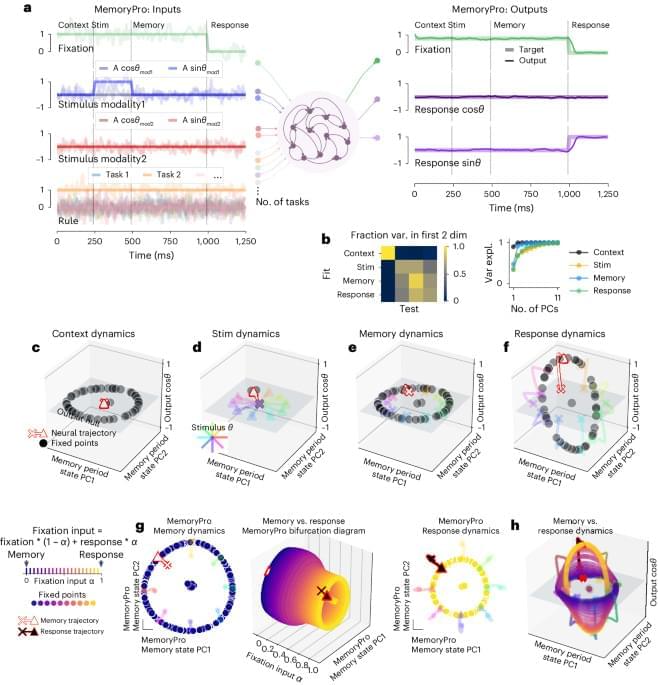The ability to recognize and respond to emotionally-charged situations is essential to a species’ evolutionary success. A new study published in Nature Communications advances our understanding of how the brain responds to emotionally charged objects and scenes.
The research, led by Trinity College Dublin neuroscientist Prof. Sonia Bishop, and Google researcher Samy Abdel-Ghaffar while he was a Ph.D. student in Prof. Bishop’s lab at UC Berkeley, has identified how the brain represents different categories of emotional stimuli in a way that allows for more than a simple “approach/avoid” dichotomy when guiding behavioral responses.
Sonia Bishop, now Chair of Psychology in Trinity’s School of Psychology, and senior author of the paper, explains, It is hugely important for all species to be able to recognize and respond appropriately to emotionally salient stimuli, whether that means not eating rotten food, running from a bear, approaching an attractive person in a bar or comforting a tearful child.







